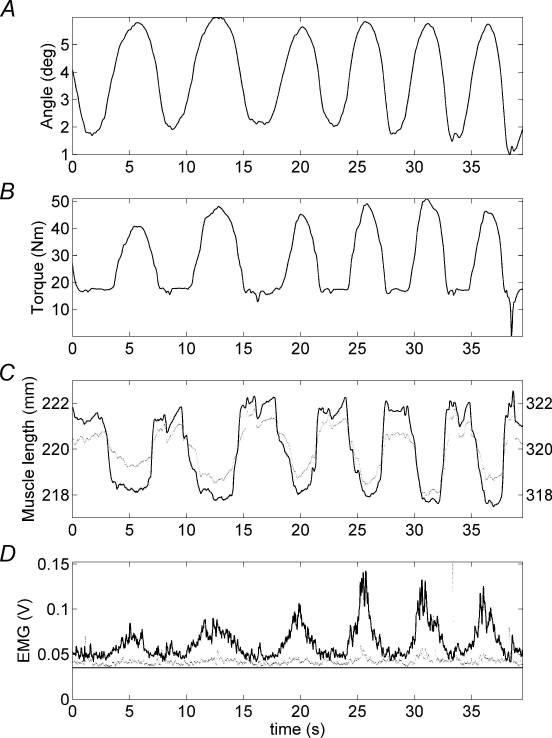Our butts are essential to the development of modern civilization
Human buttocks are at the foundation of our advanced civilization. How? They give us the ability to sit. And not just any sitting, but prolonged sitting while retaining free command of our arms. We take this for granted, yet such is quite rare in the animal kingdom.
Most four-legged animals rest by collapsing all four legs, thus rendering them effectively immobile. Without arms, they won't be typing on a keyboard in their leisure time.

Some two-legged animals, most notably other primates, do contend with us on this front. However, the human gluteus maximus is the largest of all primates. As such, other species tend to squat more than sit.
Sitting is keystone to humanity's emergence as an advanced species. Sitting creates time for socialization and productive activities. Whether it's crafting an obsidian axe or implementing the latest and greatest progress web app, both tasks share one trait: they require us to be still for a sustained period of time.
There are many crucial checkpoints in our evolution. Cooking our food increased energy efficiency which gave us more leisure time, and bigger brains enabled us use that leisure time intelligently. However, it's our glorious glutes that allowed us to draw the blueprints for the 1903 Wright Flyer from a comfortable position.
"But why couldn't we have just adopted standing desks?" cries out a newly-converted standing-desk-workshipping-entrepreneur. It's the reason why most IDEA standing desks are adjustable: we can stand for far less than we can sit for.
Actually, most of us can walk for longer than we can stand still for. Continuously standing still is a very unnatural activity for our bodies. This is because we're never absolutely motionless. Our lanky bodies are an unstable system that can topple over to the ground if it weren't for the constant minute adjustments made by our lower-leg muscles. These constant but small adjustments gradually tire out those muscles.

What goes on under the hood when as stand still: periodic and subtle muscle exercions! Data from this paper from The Journal of Physiology.
Walking around, on the other hand, uses our far stronger quadriceps and glutes to help maintain balance. Our dual-leg system are in a constant cycle of load-shifting when walking which allows our muscles to rest. Moreover, constant motion generates pressure on the veins to increase blood flow.
Now we all have another reason to appreciate our hindquarters, and another reason to read articles like this.
P.S. The cover image for this post is courteous of Mel.